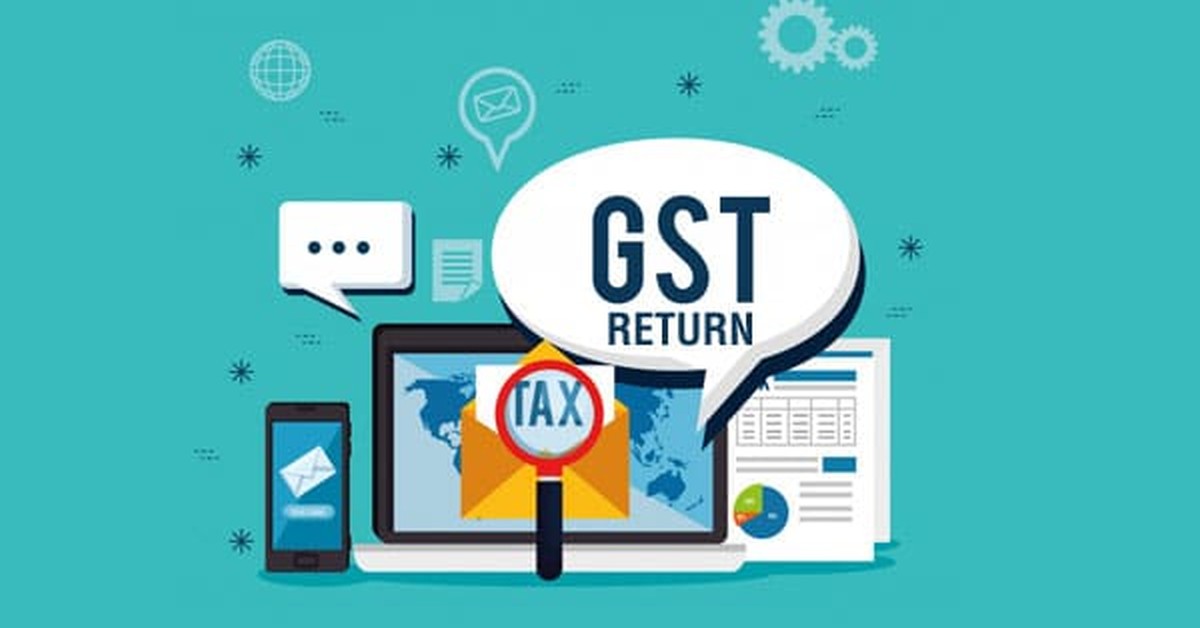Arjun (Fictional Character): Krishna, What's new in GSTR-3B data finalization process of GSTN on Inward and Outward Side?
Krishna (Fictional Character): Arjuna, it seems that after September 2020, there will be a complete changeover of GSTR-3B filing process on GSTN. On the inward side, new GSTR 2B will so as to reconcile and match ITC as per GSTR-3B & GSTR-2A. On the outward side, GSTR-1 figures may be reflected in GSTR-3B, so as to reconcile and match tax liability. Be Thus, GSTR-3B will become more robust, & the taxpayers need to be more attentive.
Arjun (Fictional Character): Krishna, On the ITC side, what is GSTR-2B? How is it different from GSTR-2A?
Krishna (Fictional Character): Arjuna, GSTR-2B is an auto-drafted Input Tax Credit (ITC) statement generated for every recipient, on the basis of the information furnished by their suppliers, in their Form GSTR-1, GSTR-5, or Form GSTR-6 (filed by ISD). It is a summary of ITC available as on the 12th of succeeding month and is divided into a credit that can be availed and credit that is to be reversed, whereas GSTR-2A is a purchase-related tax return consisting of a list of all of the invoices from the various sellers during the month. GSTR-2A is a dynamic statement, as it gets updated on a day-to-day basis, whereas GSTR-2B remains static or constant, &does not change based on future actions of the supplier. Let's discuss the practical implications of GSTR-2B in detail.

Arjun (Fictional Character): Krishna, how will be GSTR-2B be generated?
Krishna(Fictional Character): Arjuna, It consists of all documents filed by suppliers/ISD in their GSTR-1, till the 11th day of the current month, which will reflect in GSTR-2B in succeeding month.
The details filed by the supplier in his GSTR-1 would reflect in the next open GSTR-2B of the recipient irrespective of the supplier's/ISD's date of filing. For e.g, if a supplier files a document INV-1 dt. 15.07.2020 in his GSTR-1 of July month, on or before 11th August, it will get reflected in GSTR-2B of July (generated on 12th August). If the document is filed in GSTR-1 of August month, the document will be reflected in GSTR-2B of August (generated on 12th September).
Arjun (Fictional Character): Krishna, what are the peculiarities of this new GSTR-2B?
Krishna(Fictional Character): Arjuna, this form also contains information on imports of goods from the ICEGATE system which will be made available in GSTR-2B, 12th September 2020 onwards. Reverse charge credit on Import of Services is not a part of this statement and needs to be entered by taxpayers in Table 4(A)(2) of FORM GSTR-3B, which is to be noted. While filing GSTR-3B, taxpayers can now ensure that no credit is taken twice, credit is reversed as per law, & tax on RCM basis is paid; by reconciling data generated in Form GSTR-2B. A major benefit for taxpayers will be the availability of input tax credit for the taxpayers on board which will further guide them for a better reconciliation & filing GSTR-3B.
Arjun (Fictional Character): Krishna, what's the new update on the outward side of GSTR-1 & GSTR-3B matching?
Krishna(Fictional Character): Arjuna, once the taxpayer files GSTR-1, which contains information of outward supplies, the same will be reflected in GSTR-3B of the taxpayer. Hence, reconciliation & matching of tax liability on the outward side will be done. This is one of the very significant updates in the GST returns system, as GSTR-3B is made more precise, with a vision of minimizing errors & mismatches in return filing, assisting long term reconciliation of GSTR-1 & GSTR-3B.
Arjun (Fictional Character): Krishna, what should a taxpayer learn from this?
Krishna(Fictional Character): Arjuna, the taxpayer now will have to be more cautious while claiming ITC & filing GSTR-1. This would prove to be of great assistance to the taxpayers in the filing of GSTR-3B, as it is now integrated with ITC details available from GSTR-2B & tax with GSTR-1. Actually, this should have been done since the introduction of the GST system itself. It is like “Der Aaye, Par Durust Aaye”. Hope that GSTN will become more mature, & errors will not arise in the new GSTR-3B filing process. This will become more smooth when e-invoicing will be implemented. The dilemma of “TOO BE (2B) OR NOT TO BE” in GSTR-3B may get resolved.







 CAclubindia
CAclubindia
